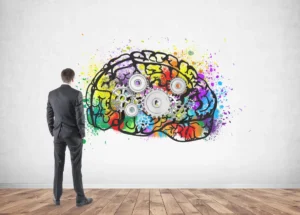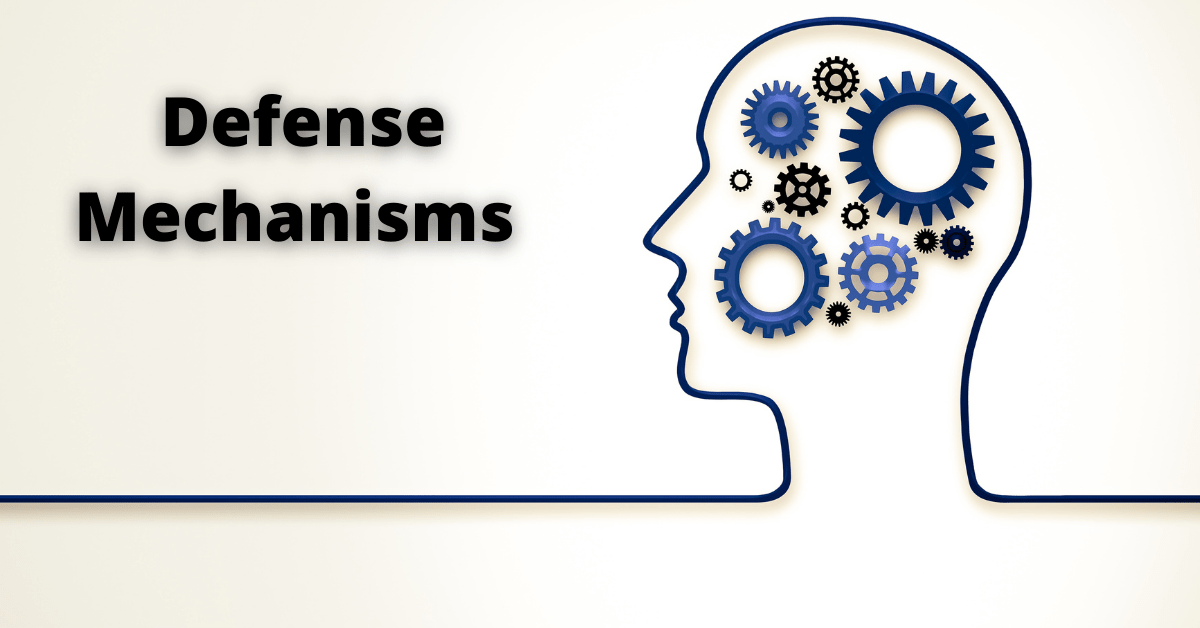Ever caught yourself blaming someone else for a mistake you made, or laughing during a tense moment just to break the awkward silence? These are not just quirks of personality. They are examples of defense mechanisms, unconscious mental strategies our minds use to protect us from anxiety, guilt, or uncomfortable truths. Originating with Sigmund Freud and later expanded by Anna Freud, defense mechanisms are foundational to psychoanalytic theory.
Defense mechanisms act like the bodyguards of our psyche. When emotions become too intense or reality feels too threatening, they quietly step in, bending reality just enough to help us cope. It is important to distinguish them from coping mechanisms. While coping mechanisms are conscious and intentional efforts to manage stress, defense mechanisms operate automatically, often without our awareness.
Understanding these patterns in ourselves and others is not just a psychological concept. It is a valuable tool for personal growth. It helps us respond more maturely, communicate more clearly, and develop deeper empathy for the emotional armor people wear every day.
Types Of Defense Mechanisms
There are several types of defense mechanisms, each with its own way of protecting the mind from emotional stress—here are some of the most common ones.
- Denial
Example:
A seafarer experiences constant chest pain while on board but insists it's just fatigue from long shifts, refusing to report it or see the ship’s medic. Despite mounting symptoms, they convince themselves it's nothing serious. This defense helps reduce anxiety temporarily but may delay critical medical attention.
- Repression
Example:
An individual who experienced a frightening car accident in childhood may have no memory of the event. Yet, as an adult, they feel an unexplained sense of panic whenever they ride in a car or hear screeching tires. The mind has hidden the memory to protect their emotional state, but the effects continue to influence their behavior and reactions.
- Projection
Example:
A crew member who feels insecure about their navigation skills might accuse a fellow officer of being incompetent. This shifts focus away from their own anxiety, helping them avoid dealing with personal shortcomings at least temporarily.
- Displacement
Example:
A person has a stressful day at work after being unfairly criticized by their boss. Unable to express their anger in front of their superior, they come home and snap at their family over trivial matters. Their emotional response, meant for the boss, is displaced onto loved ones, who pose no threat of consequences.
- Regression
Example:
After being passed over for a promotion, an adult might yell, sulk, or stomp their feet in frustration, behaviors more commonly seen in young children.
- Rationalization
Example:
A student receives a poor grade on an exam and tells their friends the teacher made the test overly difficult or unfair. In reality, they didn’t study enough. By rationalizing the outcome, the student avoids facing the real cause—lack of preparation and preserves their self-image.
- Sublimation
Example:
A sailor who struggles with anger from long separations and high-pressure situations takes up sketching ocean scenes during downtime. Their art becomes a way to express and process feelings, turning emotional tension into creative energy.
- Reaction Formation
Example:
A crew member who secretly resents a superior might go out of their way to be overly respectful and helpful around them. While it may appear like admiration, it's actually a mask for underlying hostility they’re unwilling to confront.
- Compartmentalization
Example:
An individual dealing with a recent breakup maintains a cheerful and productive attitude at work, avoiding any mention or thought of their personal pain while in the office. They separate their emotional life from their professional responsibilities to stay focused, but the unresolved emotions may surface later in unexpected ways.
- Intellectualization
Example:
After the death of a loved one, an individual throws themselves into researching the medical condition that caused it, reading articles, statistics, and treatment options. They speak in clinical terms and avoid talking about their grief, using intellectual focus as a shield against painful emotions.

Healthy vs. Unhealthy Defense Mechanisms
Defense mechanisms themselves aren’t simply good or bad; their effects depend on how often and in what ways they’re used. Mature, healthy defenses like sublimation and intellectualization help individuals manage stress constructively. For example, sublimation channels negative emotions into positive activities such as art or exercise, supporting personal growth and emotional balance.
In contrast, immature or unhealthy mechanisms such as denial, projection, and displacement—distort reality to avoid uncomfortable truths. While these may offer short-term relief, relying on them too much can hinder emotional processing and harm relationships. For instance, denial might delay recognizing serious health problems, and projection can lead to blaming others unfairly.
Over time, excessive use of unhealthy defenses can increase anxiety, depression, and relationship conflicts. Becoming aware of these patterns and adopting healthier strategies is essential for emotional resilience and well-being.
Myths of Defense Mechanisms
Many misconceptions surround defense mechanisms. One common myth is that they are always harmful or signs of weakness. In reality, defense mechanisms are natural, automatic processes everyone uses to protect their mental well-being. Another myth is that they are purely negative and should be eliminated, but some, like sublimation, are healthy and promote growth. People also often believe defense mechanisms are conscious choices, when they mostly operate unconsciously. Understanding these myths helps reduce stigma, encouraging healthier self-awareness and emotional management rather than judgment or denial.
Conclusion
Defense mechanisms are an essential part of how we cope with emotional stress and protect ourselves from psychological pain. While they often serve a useful purpose by helping us manage difficult feelings, it’s important to recognize when they become barriers to growth. By understanding these unconscious strategies, we gain insight into our own behavior and the behavior of others. Recognizing when defense mechanisms hinder rather than help is the first step toward healthier emotional management and more authentic connections. This awareness allows us to respond more thoughtfully, improve communication, and build healthier relationships. Ultimately, defense mechanisms are not about weakness but about survival and learning to balance their use can lead to greater emotional resilience.




